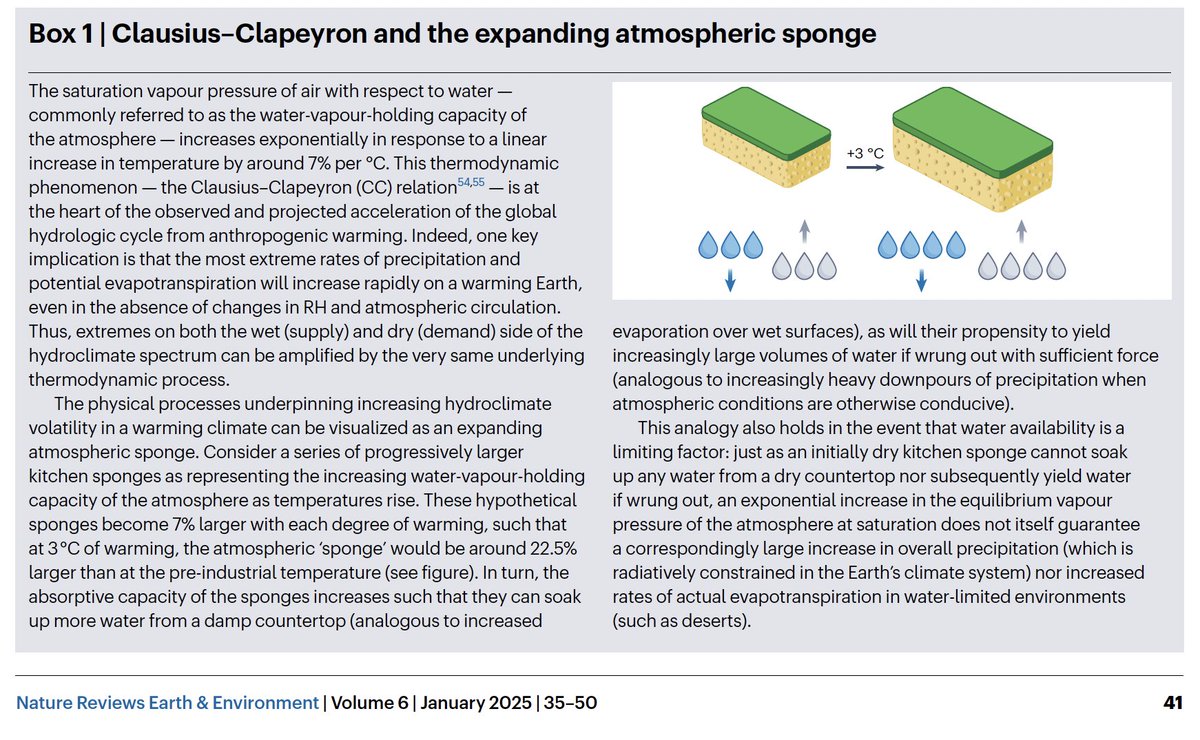Finally some good news to report: last night's dry lightning event was less widespread & intense than earlier feared. Nearly all lightning spared Bay Area, though there were strikes in Central Valley & western Sierra foothills that may have sparked new fires. (1/3) #CAwx #CAfire 

What happened? Well, there was *plenty* of elevated convection just above everywhere, but it wasn't *quite* deep enough to generate much lightning. Models were slightly off with timing, and may have underestimated smoke effect, and that made all the difference.#CAwx #CAFire (2/3)
Also: we still aren't totally out of the woods in NorCal. Dry thunderstorms are still expected today, mainly in northern 1/3 of state but possibly clipping North Bay. These could yet spark new fires. But all in all, a better than expected outcome. #CAwx #CAfire (3/3) 

• • •
Missing some Tweet in this thread? You can try to
force a refresh










